
The Sony 16-35 f/2.8 G Master Lens Review
by Chad Wadsworth – See his website HERE
With each new digital camera release, it seems we move further away from the dirtier elements of photography. No longer do digital sensors struggle with anemic dynamic range or poor low light performance. Everything is “clean” these days.
At the same time, lenses are being polished and aligned, exotic elements added and AF systems improved until they are the ultimate in optics. Sony’s GM line (or G Master) is their play at this high-end of lens design. I was lucky enough to get some pre-release time with their newest entry in the GM line, the FE 16-35mm f/2.8 GM.
No doubt, the lens is well constructed, just like the other GM models. High quality plastics, metal and glass are combined in an attractive design with solid ribbing for focus and zoom rings. There is a customizable focus hold button, AF/MF switch and aperture ring. If you’ve seen the GM 24-70, then you might mistake this new model for it, save the smaller design. As someone who prefers small prime lenses, I grudgingly accept the size but don’t think it too large or too heavy – especially considering I will be packing fewer primes for some work.
To that point, zooms are extremely flexible, can save you the cost and complexity of purchasing multiple lenses, and the hassle of switching them in the field. For a wedding or event photographer, or a photo journalist, the ability to instantly vary your field of view is essential. I recently admitted to myself that I was booking a lot of work that would benefit from that kind of flexibility, as long as it didn’t sacrifice quality.
As flexible as they are, we are asking the lens designers to do almost the impossible – craft a single optic that is essentially multiple distinct lenses, each with their own unique characteristics. You know what your 35mm lens will do for you, what scenes to use it for and what results you can expect. Replace that 35mm with a 16mm or 24mm lens, and you have completely different use cases and expectations.
When I sat down to right this review I wondered what photographers are looking for in a modern wide zoom lens. Do they expect perfectly sharp edge-to-edge at all apertures; attractive bokeh at all subject distances; no chromatic aberrations or lens flare ever? This is what people are asking for today, right? A Holy Grail of sorts. I’m pretty sure that lens does not exist, nor would you want it to. What we do have in the GM is an impressively high performer – perhaps class leading in several categories – but also a lens that renders beautifully in many traditional ways. What follows is selections from essentially two weeks worth of shooting with the lens.
Those familiar with my work will know that the bulk is music related photography – live music, behind the scenes documentary, etc. I don’t normally shoot much wider than 25mm so having the option to widen the scene to 16mm presented new opportunities. For this first set of images, the wider aspect captured so many interesting details and moments that would have been lost on a tighter crop – note the cake icing both on the ground and on the kids in the crowd.
16MM – F/3.2 – ISO 800
–
16MM F/3.2 ISO 800
–
16MM F/2.8 ISO 100
–
16MM F/2.8 ISO 100
–
–
34MM F/2.8 ISO 2000
–
Next up are some fashion portraits. These samples were shot exclusively on the long end at 35mm, which I consider the limit for portraiture.
35MM F/2.8 ISO 100
–
On the image above, the GM rendered this scene in full shade beautifully, with ultra sharp details and smooth transitions reminiscent of a fast prime. The next two more neutral shots were in the studio with the lens stopped down to f/7. On the a7RII, the detail is awe inspiring.
For this outdoor scene we embraced shadow contrast and edited for more bite and bold color…
35MM F/2.8 ISO 640
–
Next up are a few shots from the South Austin Cultural Museum, where I alternated between 16mm and 35mm. Comparing the first wide shot with the second detail image of the cross is an excellent example of how uniquely the GM can draw two different scenarios.
A few days after the new lens arrived, I had an opportunity to fulfill a lifelong dream and fly a glider. The 30 minute discovery flights gave my son and I both about ten minutes on the stick for an exhilerating ride. In the constraints of the glider’s cockpit, even 16mm felt a little tight (maybe the new FE 12-24mm f/4 would have been better) but I appreciated the flexibility of shooting details at 35mm and then switching to a wider fov as needed.
My friend Keith Kreeger recently called me up looking for some content for his studio. This job was a perfect example of work that would be well suited for a wide zoom like the FE 16-35 f/2.8 GM. Keith’s beautiful plates are made by his hand and are used in many of the country’s finest restaurants. I was concerned about the mixed lighting in the studio and how the GM would handle it – wanting the images to have a soft, organic feel to them that I think the lens ultimately produced. It was also nice to not have to switch lenses in a studio so filled with particulates waiting to invade the a7RII’s sensor the second it was exposed. For the final shot I used a single off camera Sony flash for a studio look that balanced the exposure on the plates with a neon “porcelain” sign in the back of the room.
For this penultimate series, I needed to produce some images of a friend’s home remodel. I’ve shot a good amount of interiors for architects and editorial so am familiar with the demands of the genre and the need for a low distortion lens. I was completely skeptical that a zoom could handle the task and not produce ugly distortion of the horizontals and verticals. I was pleasantly surprised. In fact, the success of the 16-35mm GM on this job is what convinced me this lens needs a place in my bag. The lens seems to excel at the traditional field of view for interiors (24mm or wider), with excellent sharpness out to the corners. When editing I used the older lens profile for the FE 16-35 f/4 since there wasn’t one yet available for the GM. That profile handled any minor pincushion or barrel distortion nicely and I didn’t see any evidence of mustache distortion.
For the record, I did get a model release for the bulldog.
With summer almost here, I’ll close out with a few shots featuring fitness model Katerina Schload taken at the quirky cool Austin Motel. The GM handled everything from a tight fashion portrait to wide landscapes with results equal or greater than most primes.
The best thing I can say about the FE 16-35mm f/2.8 GM is that it made me forget I was shooting a zoom both during the capture and more impressively, during the edit. Unless you absolutely need a faster lens for something like an ultra low-light concert environment, it easily handles a wide variety of conditions with results that will satisfy even prime snobs like myself. There was nothing about the GM that made me feel constrained in any way. Auto focus was quick and accurate, colors were neutral and sharpness was excellent. But most importantly, this lens, while “clean”, never felt clinical. That’s important to someone who cares less about ultimate specs and more about how the lens draws a scene. My eyes and my gut tell me that this is going to, deservedly, be a popular lens for Sony shooters.
You can order the Sony 16-35 f/2.8 GM at B&H Photo HERE. Ships August 2017
Visit Chad Wadsworth’s Site HERE

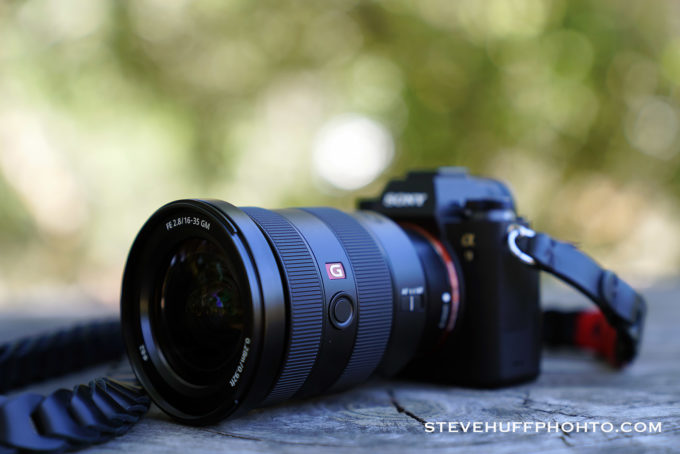

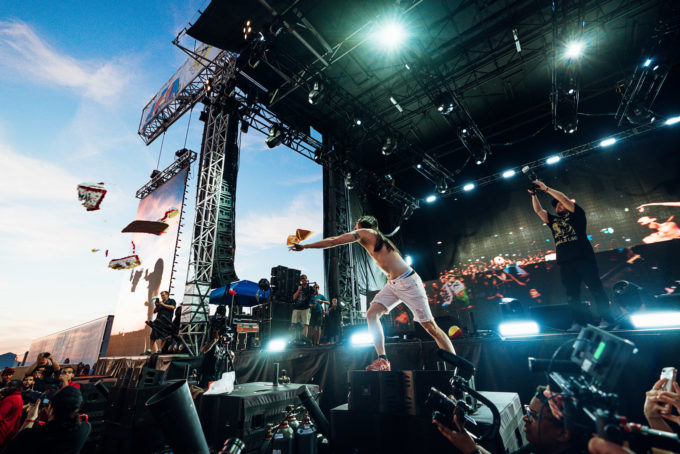

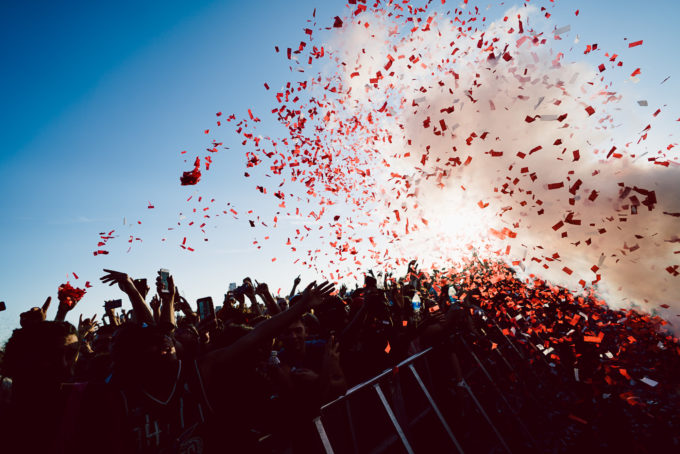


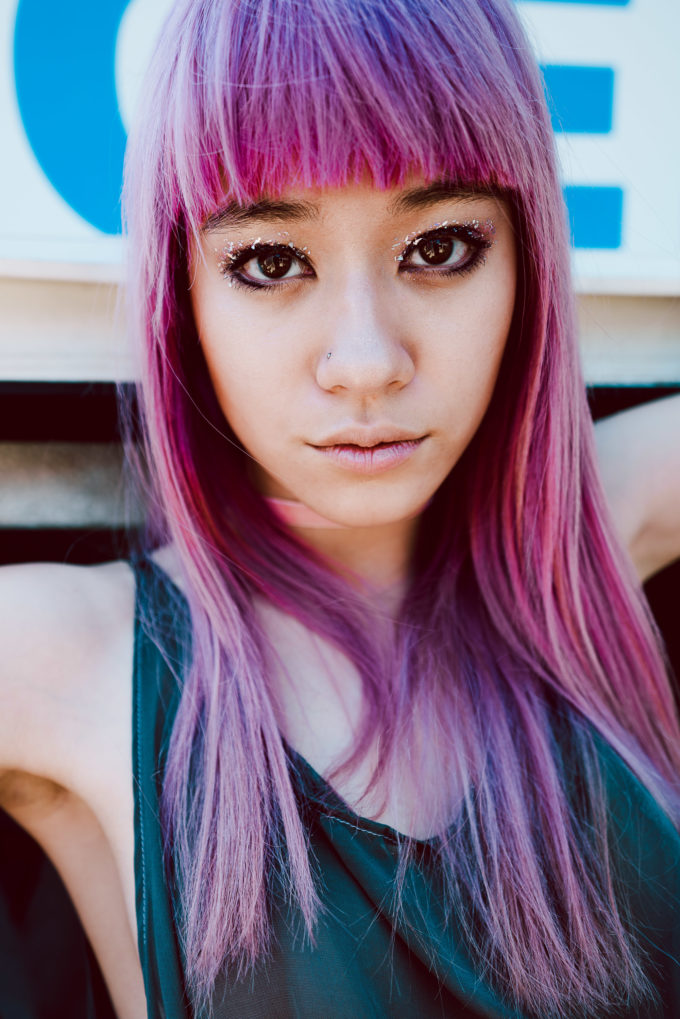
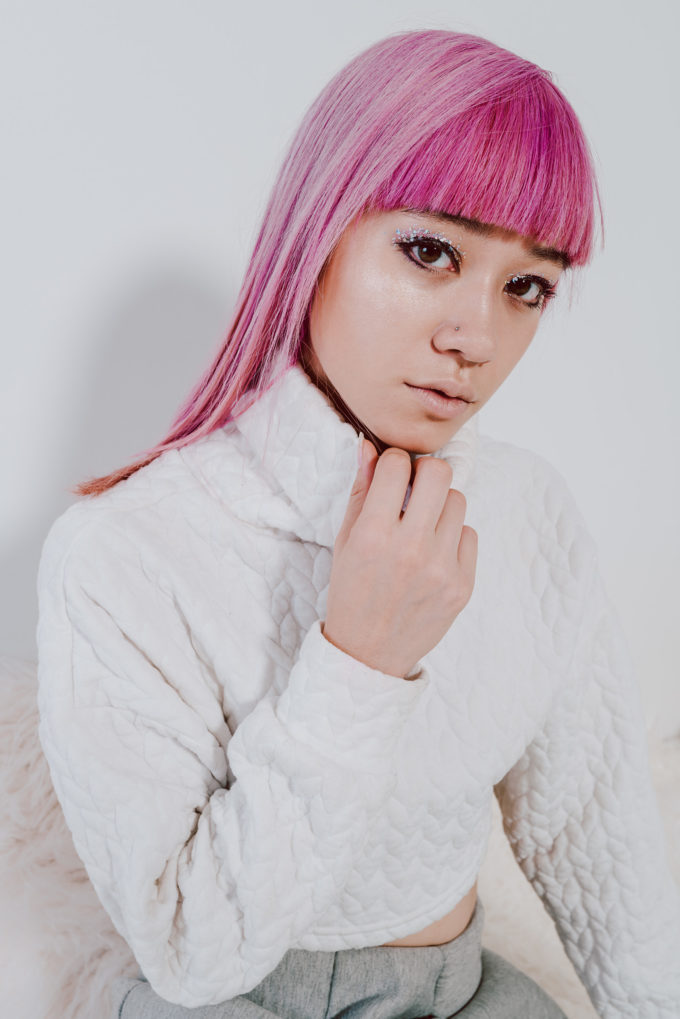
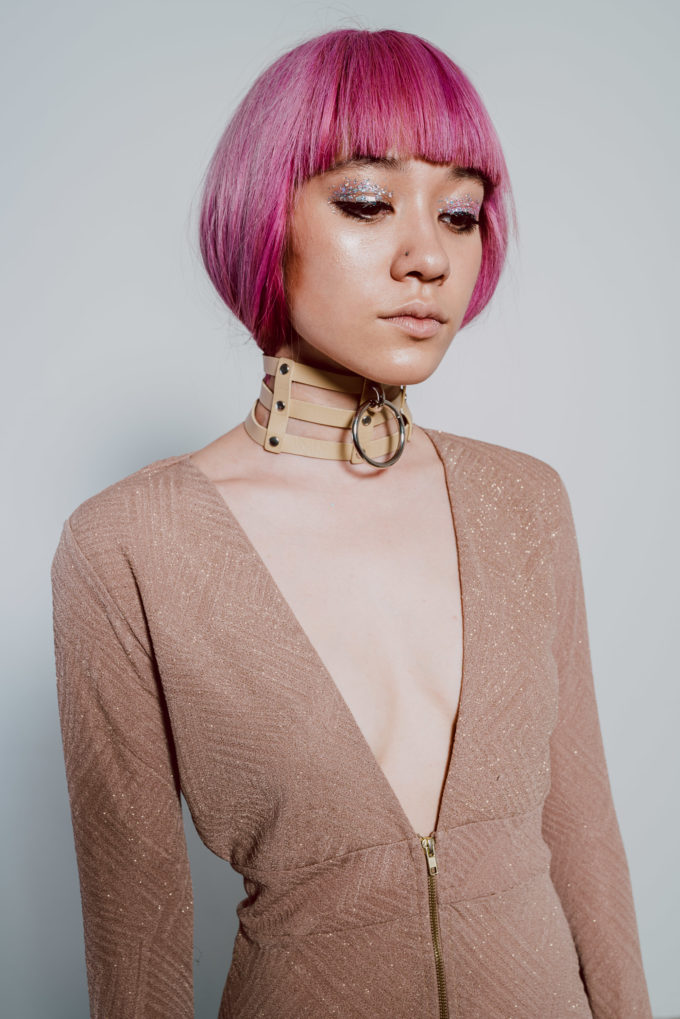



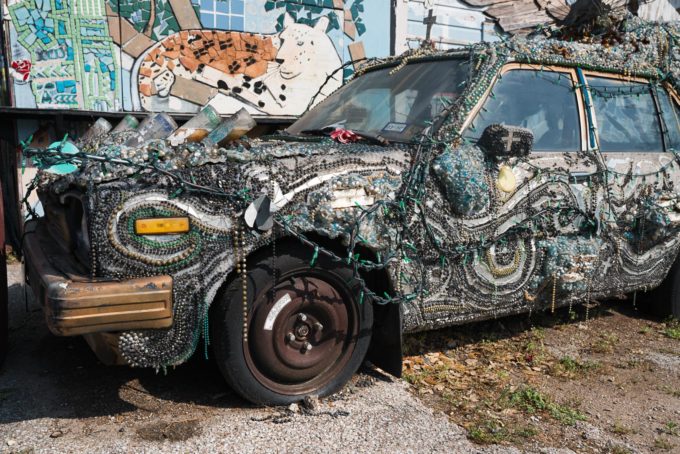


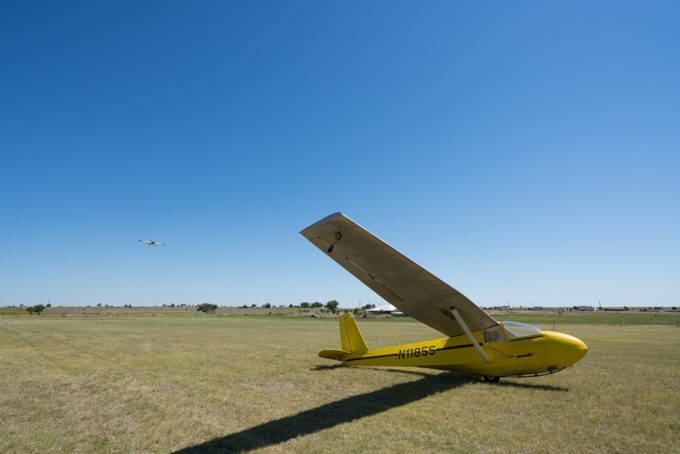
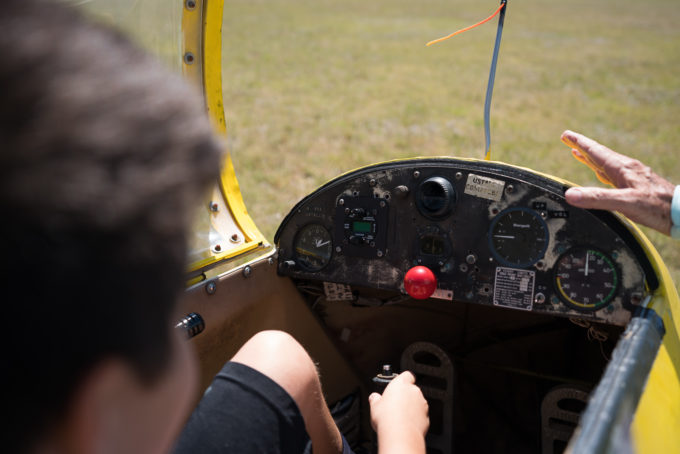
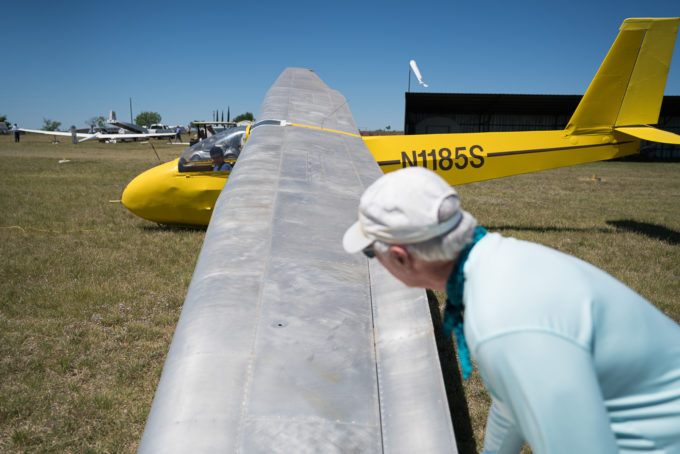
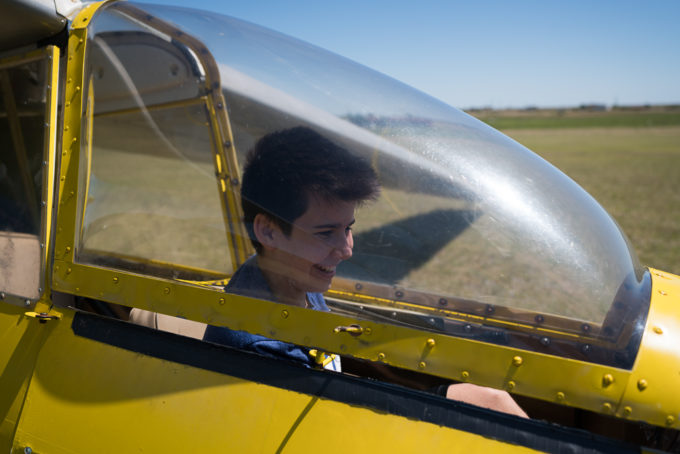
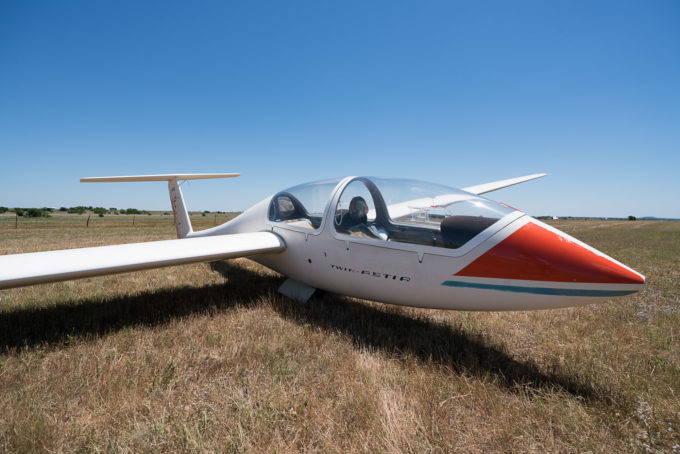
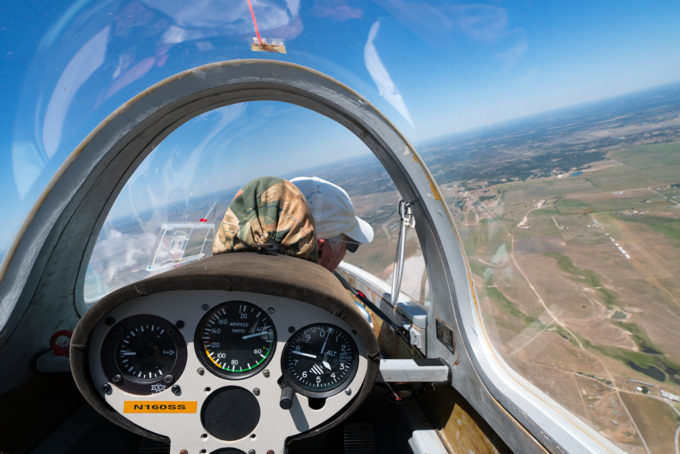
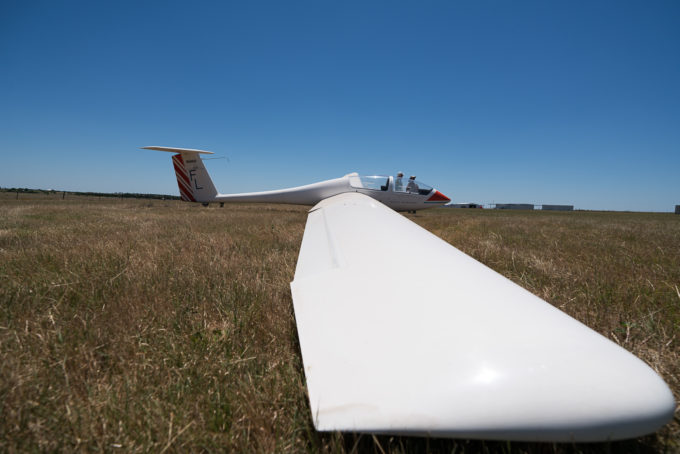

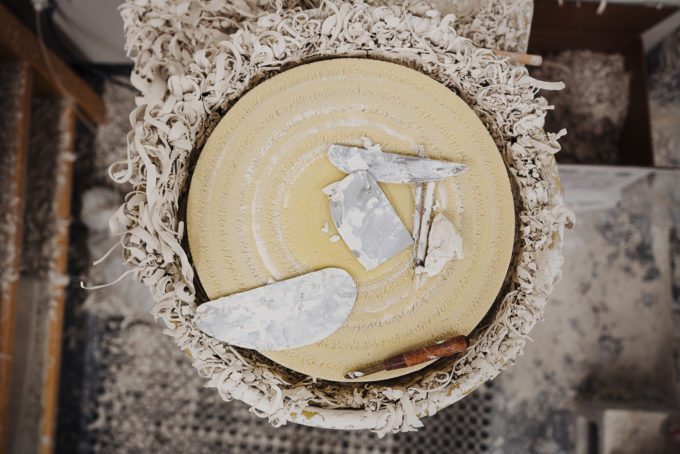
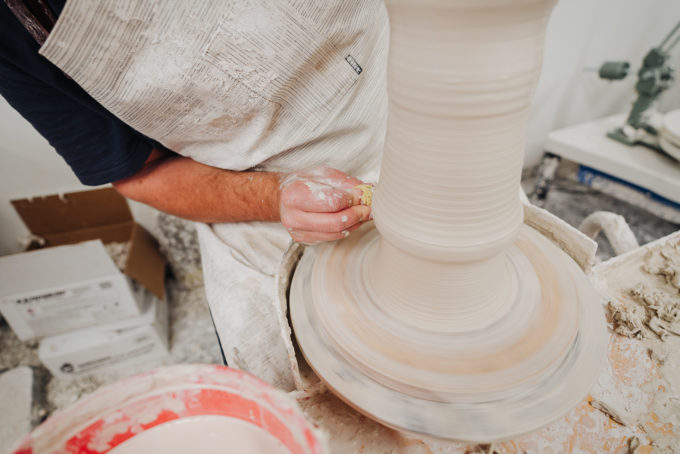


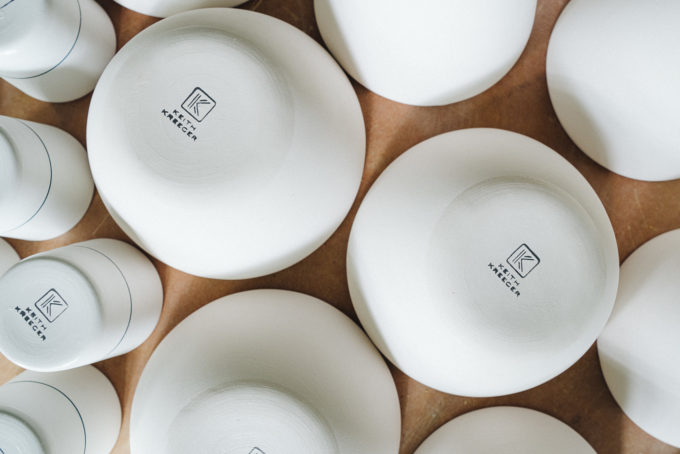
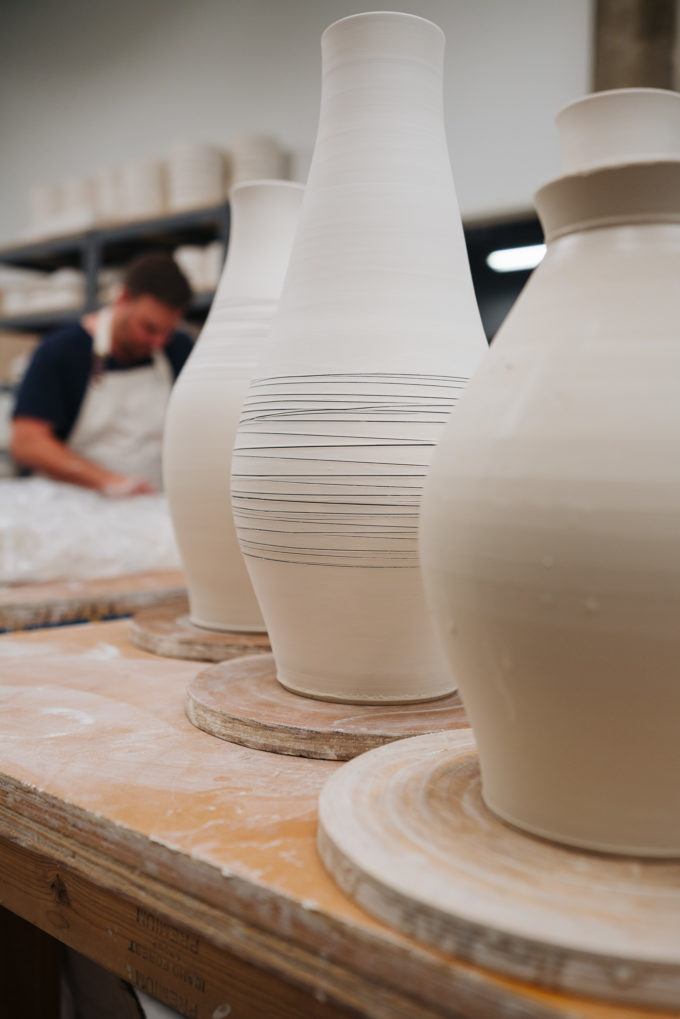
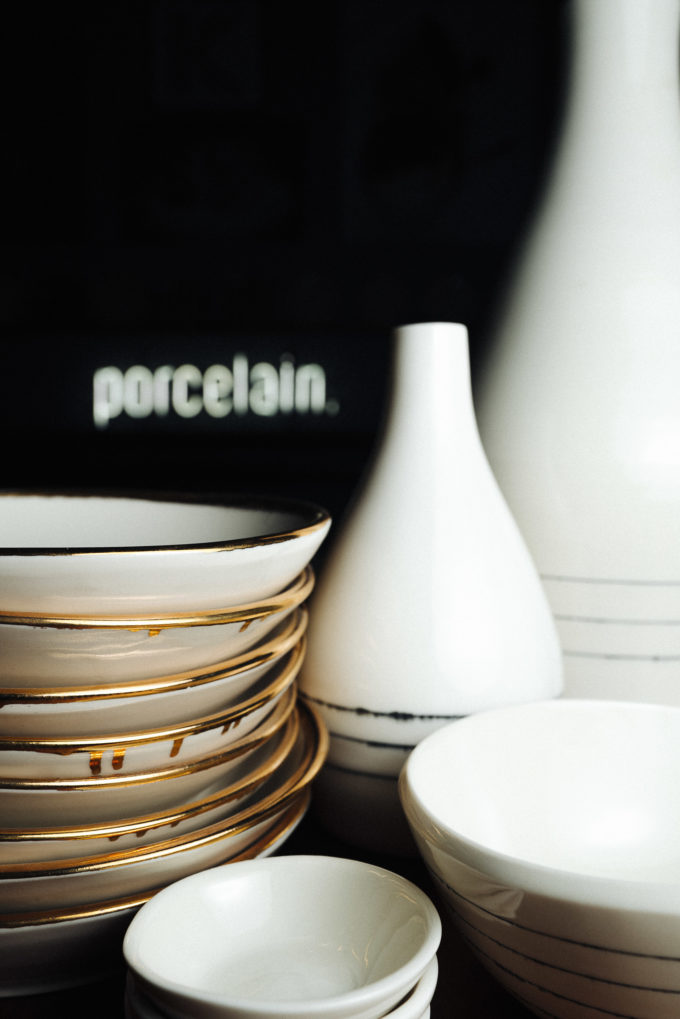
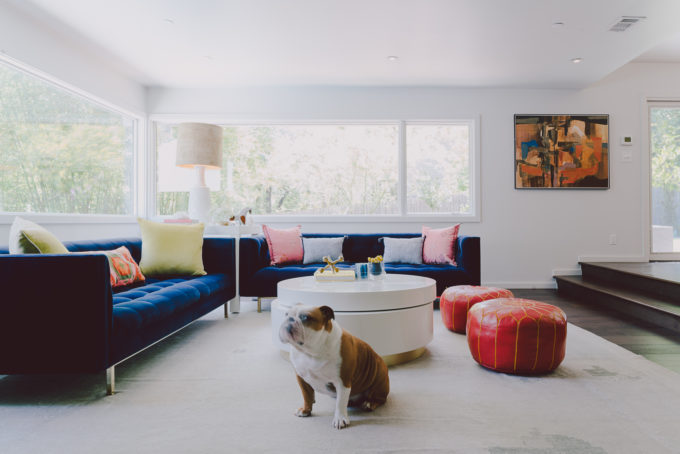
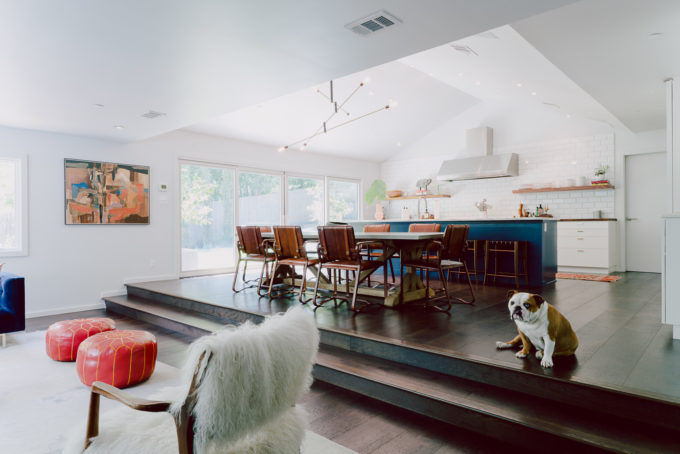
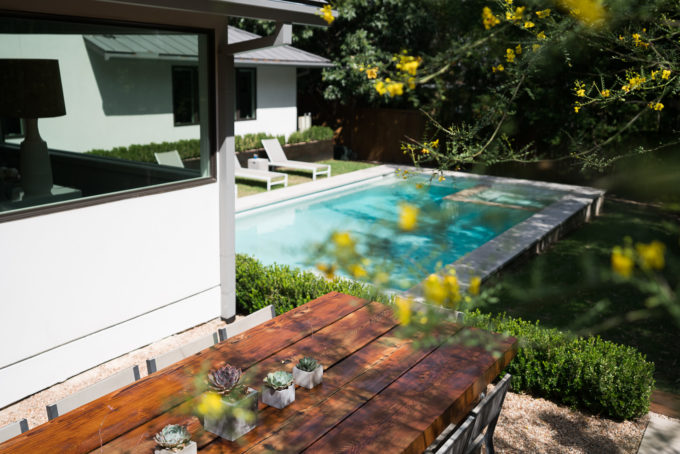
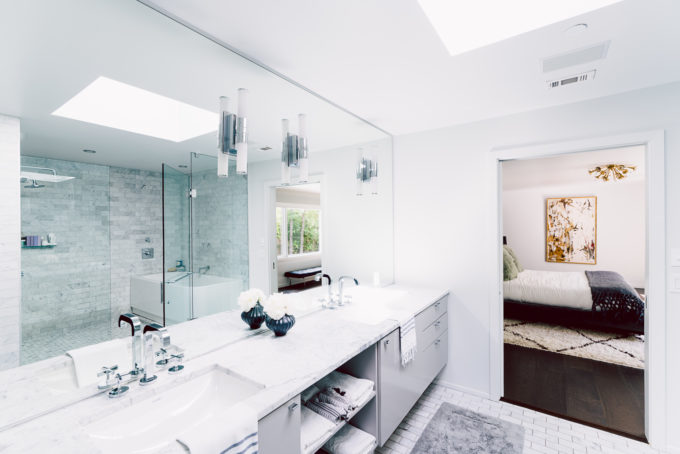
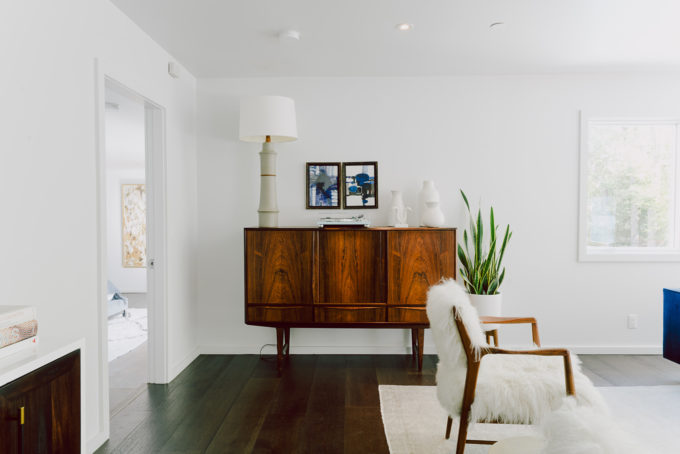
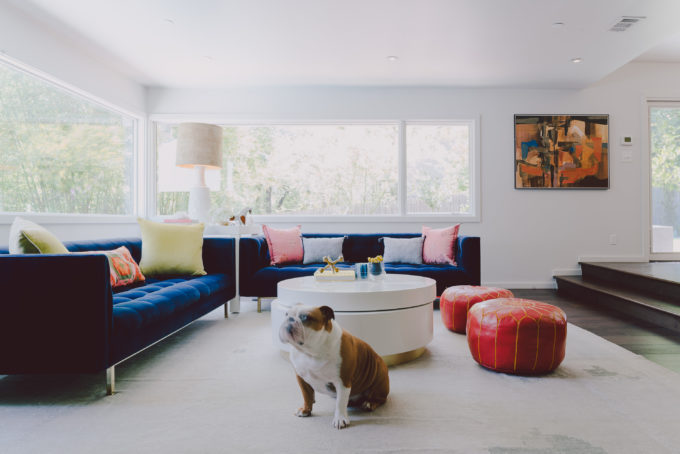
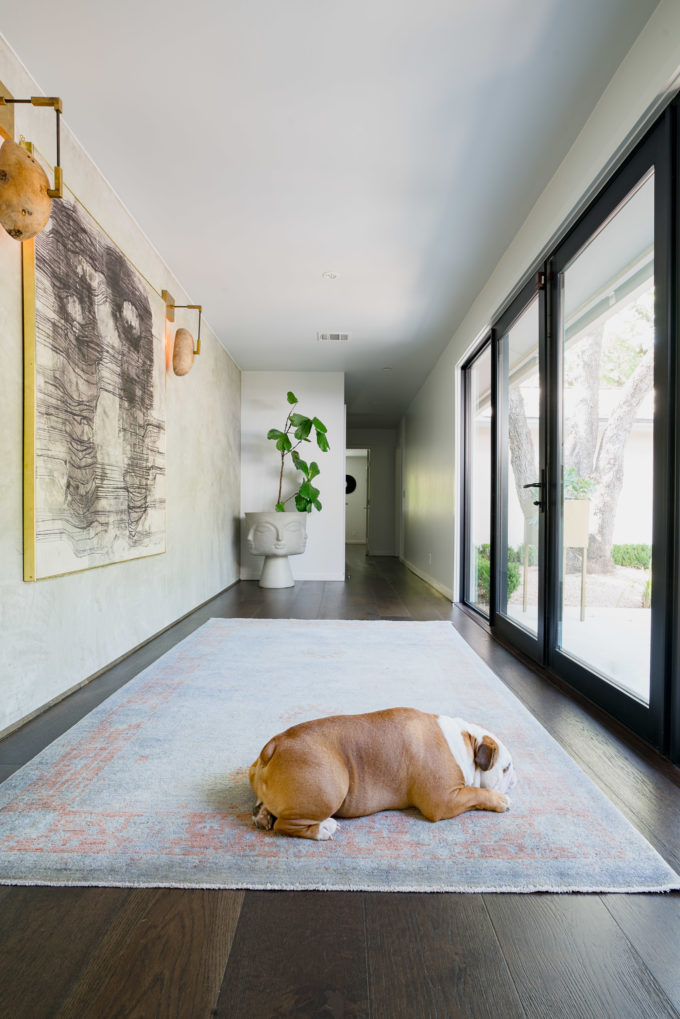
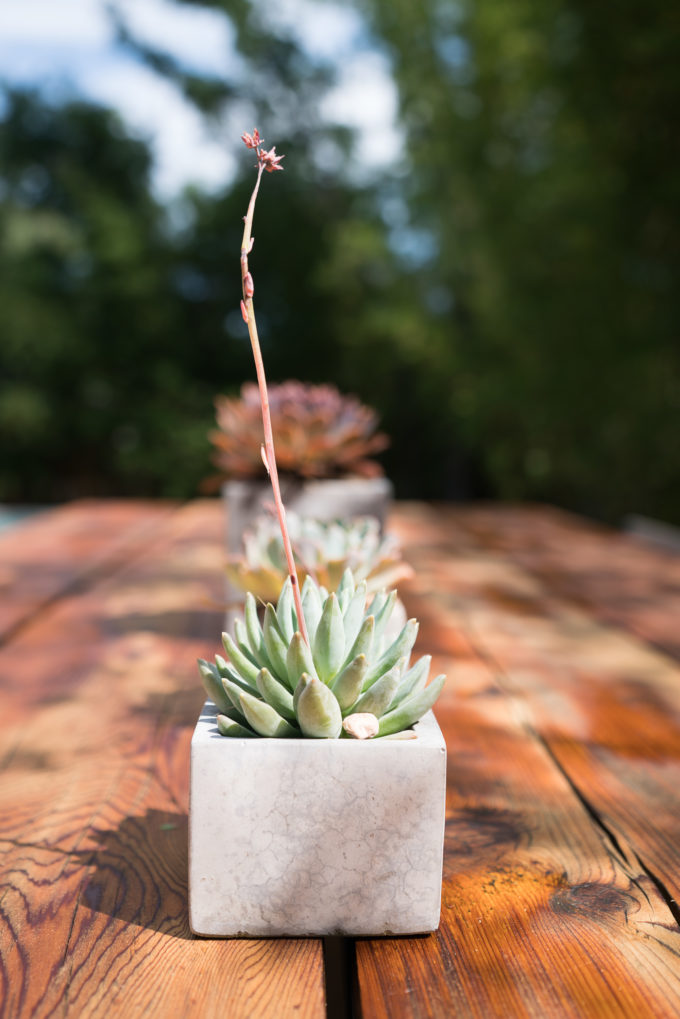
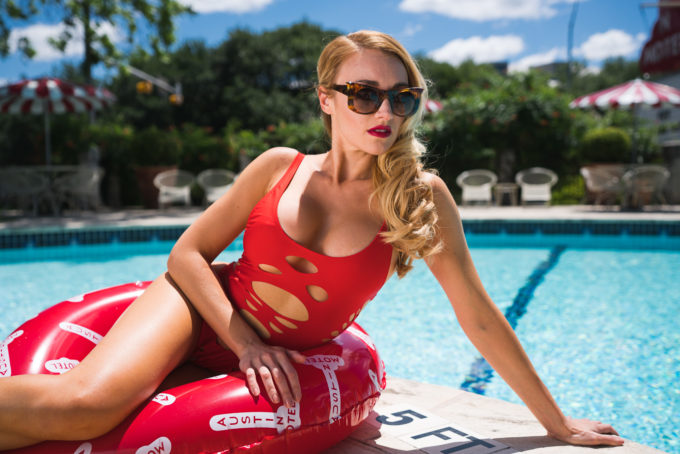
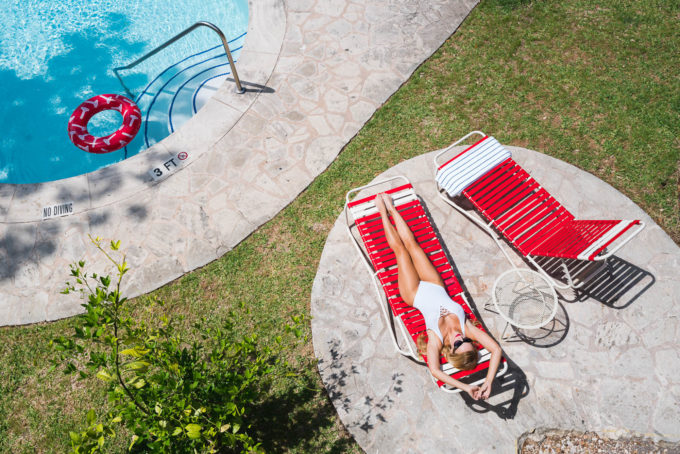
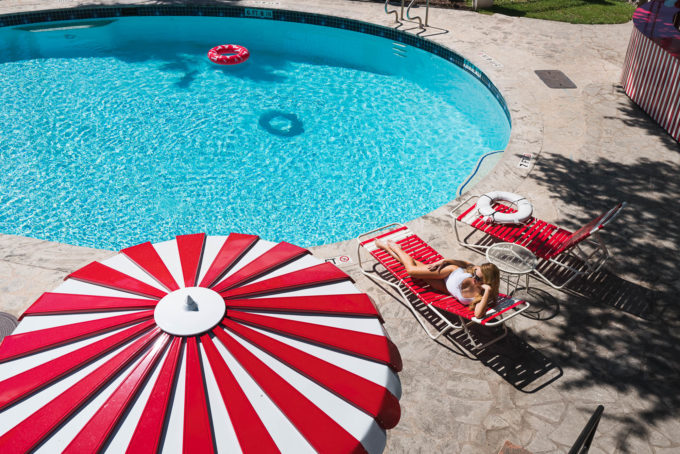
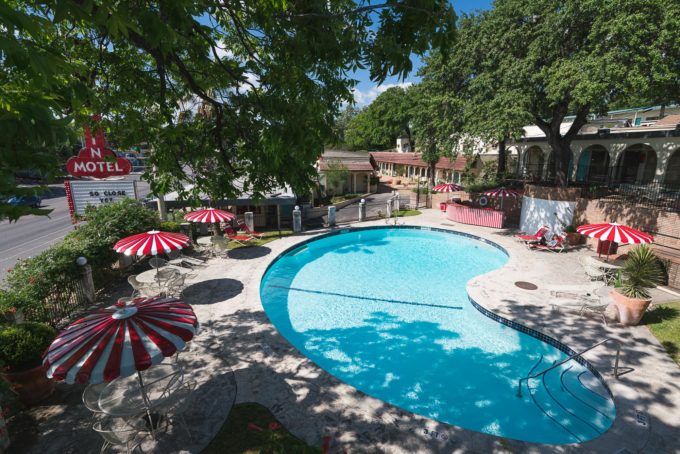



I notice some barrel distortion on the 16mm shots (e.g., in the “cake icing shot) , not to mention a lot of post-processing, of course. Overall it looks like a good 16-35mm lens, but whether it is worth over $2,000 USD is another question, and the answer depends on your cash flow and the amount of photography you plan to do at wide angles…
Hey Steve!
Great review! I’m in the market for getting a 35mm lens and was wondering if you would recommend getting this 16-35mm or going entirely with 35mm distagon 1.4? I mean i would love the diversity of having all those different focal lengths in one lens. But how does this gmaster @35mm hold up against the 35mm prime? I am also thinking about just waiting for sigma to release their 35mm 1.4 art lens in the e-mount system.
Anyway keep these reviews coming I love reading your content!
Happy with my 16-35 f4, much more compact.
Hi,
I’ve been looking for a WA lens for a while now and I’m wondering how the 16-35mm f2.8 GM would perform for astrophotography. I’ve been scouring the intarweb but I haven’t found much in that aspect.
The Zeiss Batis 18mm comes highly recommended for astro but I like to have versatility of a zoom lens. Have you had a chance to try it out at night? If so, can you share some sample shots?
The 16-35 is not even out yet for review samples, so no one has been able to review it properly yet. But it would be fantastic for astro The lens is sharp as a tac corner to corner.
Seriously, Chad for the win. His shots never disappoint. I never thought I needed a 16-35 f/2.8 but after seeing these shots, I can’t help but feel that I. Need. A. 16-36mm. F/2.8. Fml.
Lovely shots! I am really inspired by them esp. the pottery/porcelain making shots.
Amazing shots, thanks for the review!
I waited for over a year for Sony to release a premium wide zoom, and then they release two. So I don’t know which to buy, the 16-35 or the 12-24…
What do you mean? Isn’t the Sony Zeiss 16-35/4 – which has been out for over 2 years – a “premium wide zoom”? According to DxO this lens out resolves the Canon 16-35/2.8L III.
Your dilemma made me laugh: either you need f/2.8, in which case your choice is clear, or you need a lens wider than 16mm, in which case your choice is also clear. If you are doubting between these two lenses it indicates that you neither need f/2.8 nor need wider than 16mm. You basically just want a new toy, because otherwise, the existing 16-35/4 would meet all your requirements.
The Sony/Zeiss 1635/4 is an absolutely Flare-Bitch. Sharp as a razor but in direct sunlight often unuseable. And this is a fact, not only for me. Beside of this i would call it a good, but not a premium lens 🙂 I had to sell it and if you look through the internet, this wasn´t a bad copy. It´s an overall problem.
I like the flare it produces and it can be used artistically once you learn how it flares. Doesn’t bother me and I have used it since launch almost daily for video work, that has earned me money. So depends on your use. I have some photos with flare from this lens that I love. One of the worst lenses for flare that I have ever used is the Leica 50 Summilux ASPH yet it is praised as one of the best 50’s ever (well, it used to be until the 50 APO came out). But if you hate flare, yea, avoid the f/4 16-35 Zeiss/Sony.
OK let’s rephrase. If you’re building your collection and have nothing in that range, how do you evaluate the three wide zooms that are now available? The 16-35 f2.8 is a direct upgrade on the f4, so that’s a performance vs. price choice each of us can make.
But with the 12-24 G also on the table I’m wondering what would be a good collection to end up with. The 16-35 of your choice and a couple of wider primes? The 12-24 as your only wide zoom? Both zooms? What are the sensible choices or buying order?
Hello Pavlos,
Having really appreciated the article, I’ll try to give something helpful back to other readers, now:
I think that the advantages of the 12-24mm are more about getting to 12mm.
(Which is a serious advantage, if you’re all about Ultra-wide angle photography.).
I’ve seen some people talk a lot about ‘overlap’.
(“I already have a 24-70mm GM. What a waste of 24-35mm!”, for example.).
However, personally, given the choice, I’d go with the 16-35.
Here are two advantages to consider, which for me, make the choice simple:
+ If you have overlap, it means less lens changes.
+ On the 16-35mm, you can still use thread-in filters.
(Which, I’m thinking are the same size thread as on the 24-70mm GM.
But do check, if it’s something that you need to factor in.).
Finally, as much as I wouldn’t phrase it the way that Mike did; there’s a fair point and savvy advice between the lines, I feel: sometimes it’s better to wait until you’re in a situation where you experience not having what you need, before you part with the serious cash.
(Or rent the lenses first.).
I wish you well in the battle against buyer’s remorse, and hope that maybe other people who probably know a little bit more than me, might be inspired to give more informative advice.
(I really don’t know when I’d use 12-24mm, you see.).
Is there anything that Chad can’t make look amazing? Love reading his posts!
The lens seems really nice, but looking at you pictures, it’s obvious you’re the kind of guy who could do wonders even with a smartphone. Wonderful photos, honestly.
Great article, Superb shots. This lens seems like a do-it-all lens, from Landscape to Interiors and even full-body portraits, doing it all with nice color, great sharpness and smooth bokeh. I’m wondering how well it performs when it comes to Astrophotography, it has the focal length and the speed, the question is how well does it control coma. Another question I’m trying to answer is how well does it control against flare, as I love shooting against (slightly angled) direct sunlight.
I agree with Abe – as a do-all, this lens can’t be beat on an a7rII. Add a midrange zoom of comparable quality on another body and you have so much POV coverage. Just takes some serious cash, but well spent on this one.